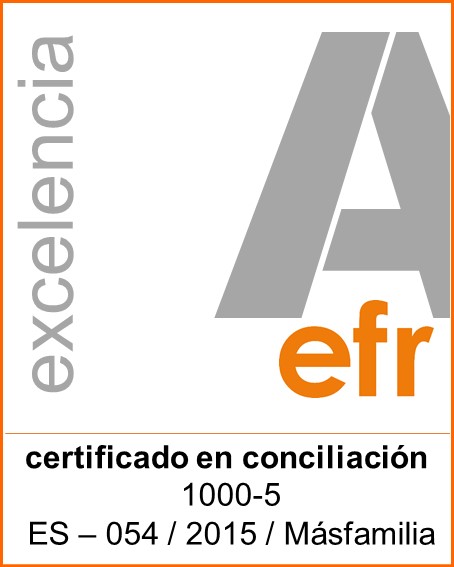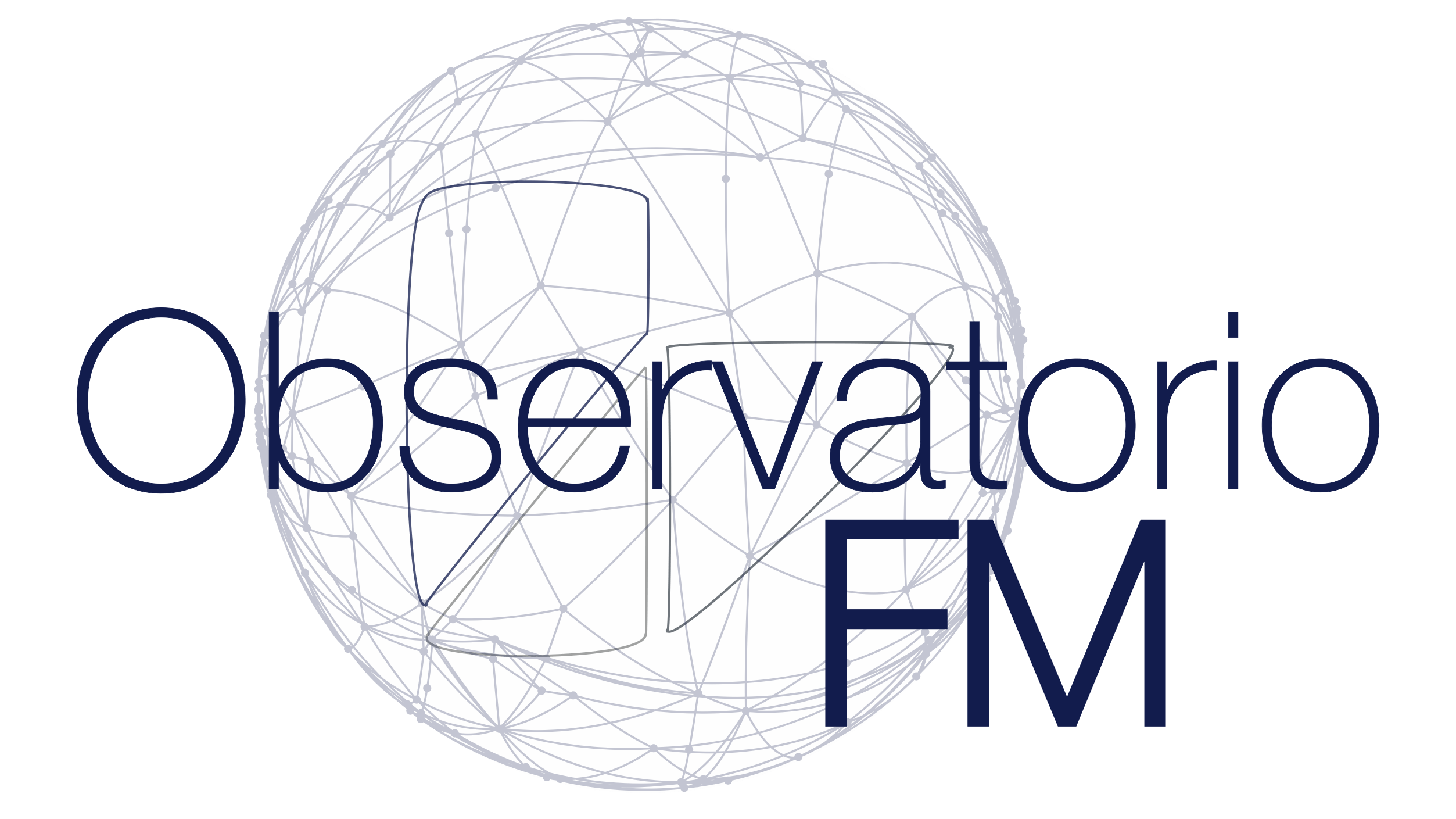During the month of November, the company OpenAI launched its prototype chatbot that processes natural language called ChatGPT, which is able to generate answers like a human, making it especially useful in a significant range of applications. A chatbot is typically software that simulates human-like conversations with users via a chat, in order to answer routine queries on websites, applications and even customer service lines. The drawback, however, is that if the chatbot is not well trained, questions inevitably end up being mechanical, resulting in them having difficulties to understand certain words and phrases expressed by users.
ChatGPT hits the market with much more advanced functionalities than traditional chatbots, enabling fluid interaction with users and the ability to understand long texts, even those with spelling mistakes. In addition, ChatGPT can solve mathematical problems and provides concise information on topics in any field. Additionally, it is able to interpret texts and create summaries of entire books.
Because this product has been released so recently, until now only a limited number of applications in everyday life have been identified. It is expected that as this software continues to learn from the thousands of daily usages, its responses and information will become more accurate, thus increasing the scope of its implementations. Basically, it is equivalent to a much more advanced assistant than those we are currently familiar with (SIRI, Cortana and Alexa), similar to talking directly to the Google search engine, which, instead of providing us with links to the information we need, will deliver synthesized data which may be more convenient to us.
For a Facility Management department, ChatGPT can be used to automate many routine tasks and processes; from the most elementary task, such as writing an email, using the chat a direct command like “I have to write to a client who has to approve a budget a semi-formal email”, to the structuring of a project following certain parameters so that FM professionals can dedicate their time to more important matters. For example, ChatGPT can be used to process and classify requests, and if integrated with other systems, can even execute them.
Using this technology, FM professionals can also perform maintenance and repair tasks (from scheduling to reporting), as well as inventory tracking (analysis, general management to improve the overall efficiency of the property, etc.) through direct requests such as: “create a report with this data, including conclusions resulting from its analysis, potential risks and recommendations”.
In addition, this technology could be of significant value when generating contracts, agreements and budgets, since its capacity to automate the process of drafting these documents would lead to more efficient and effective results. Once again, the chat can be given a direct command, such as “help me write a contract for the repair of an auxiliary generator model x”‘. This makes it possible to construct repetitive language for these contracts since many of them contain similar terms and clauses applied to different circumstances. ChatGPT can be trained to generate this language quickly and accurately, which may prove less time-consuming and produce consistent contracts that meet legal requirements in any given context.
One of the most fascinating qualities of this software is its ability to use all the information written in the chat to make adjustments and changes, helping to create seamless conversations with users. One could even ask for variations of the same request and this software would execute them thanks to its exceptional understanding of contextualized language.
Nevertheless, not all is roses. This technology is based on a pre-trained model, which means it has utilised thousands of data sources to acquire the features with which it is currently marketed. Artificial intelligence models of this type have a clear downside, namely the reliability of the set of training data used, since it is practically impossible to determine the authenticity of the information. Hence, this type of technology should not be employed without the user having relevant criteria or prior knowledge of what is being requested, or at the very least, unless the information is cross-checked with a secondary source. By way of illustration, a person may ask what a black hole is, but if the model has not been fed with accurate data, it might provide an inexact, albeit academic account.
It is imperative to regard this type of technology as a tool whose purpose must be adjusted at all times in accordance with the professional’s awareness of responsible use. If this premise is respected, it can increase further potential for all kinds of FM applications which enhance the efficiency and accuracy of the drafting of documents, reports, plans, budgets for different activities within the scope of FM services, and even enable the first stage of a department’s digitization process.
For the time being, this tool is available to everyone at no cost, and by creating a user account, you gain direct access to the chat. Like any other chat, to make use of its features, you only have to enter your request. The current version is only in English; however, it is expected to be available in more languages in the future.
Jorge Forero









